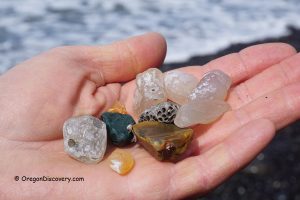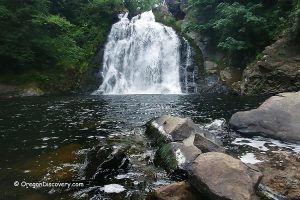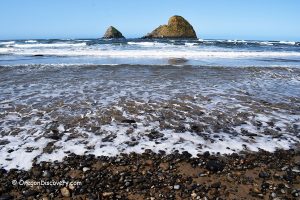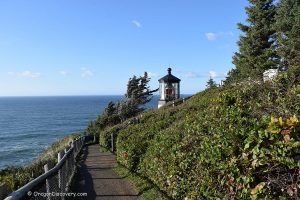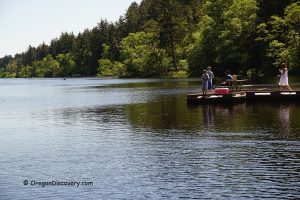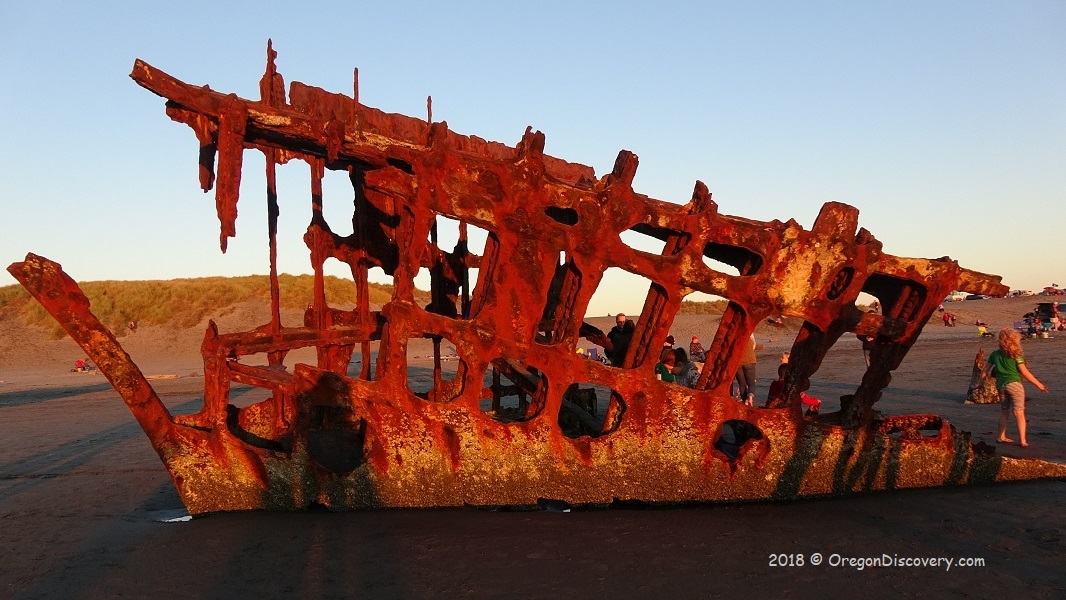
• Peter Iredale Shipwreck is a historical landmark of the North Oregon Coast
• Sand levels are never the same - each time you will see something new
The Peter Iredale Shipwreck is a famous landmark on the North Oregon Coast. It is situated on Delaura Beach within the boundaries of Fort Stevens State Park, 10 miles from Astoria.
On October 25, 1906, a ship ran ashore on Clatsop Spit, south of the Columbia River channel, which later became part of Fort Stevens State Park. This ghost-like wreckage is now believed to be one of the most accessible and long-lasting shipwrecks in the world.
This maritime disaster is by no means a singular event in the area. The mouth of the Columbia River is known as a nightmare bar or Graveyard of the Pacific. According to the Columbia River Maritime Museum in Astoria, around 2,000 ships, including more than 200 large vessels, have sunk here since 1792.
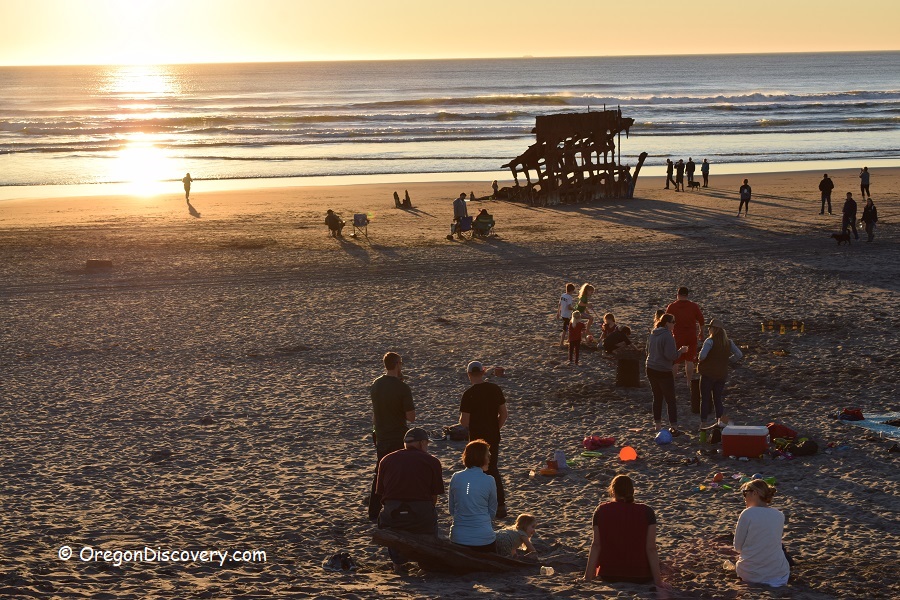
Peter Iredale Shipwreck History
The Peter Iredale was built in June 1890 in Maryport, a town in Cumbria, England. The construction was handled by R. Ritson & Co Ltd for P. Iredale & Porter. She was a 1,993-ton four-mast freight carrier on an iron frame named after its owner, Peter Iredale, a well-known businessman from Liverpool.
Operated commercially, the bark started its ill-fated journey from Salina Cruz, Mexico, where she picked up a shipment of wheat at the end of September 1906. She had 25 crew members, two passengers, and 1,000 tons of ballast on board. The Peter Iredale was Portland-bound via the mouth of the Columbia River. Unfortunately, she never had the chance to complete that journey.

According to the London Naval Court,
"No incident worthy of mention happened until the look-out sighted the light on Tillamook Rock at 3.20 a.m. on the 25th of October, 1906. The ship's course was altered to E.N.E. until the vessel was five miles off the light. The course was then altered to sight the Columbia River Lightship.
This was sighted and recognized, it bearing North-East. In this position, finding the wind was veering westward, and having lost sight of the light in a thick mist, it was decided to wear ship to avoid the influence of the current setting to the north, and the tide running into the Columbia River. The wind had now hauled to the north of west in heavy squalls with rain."
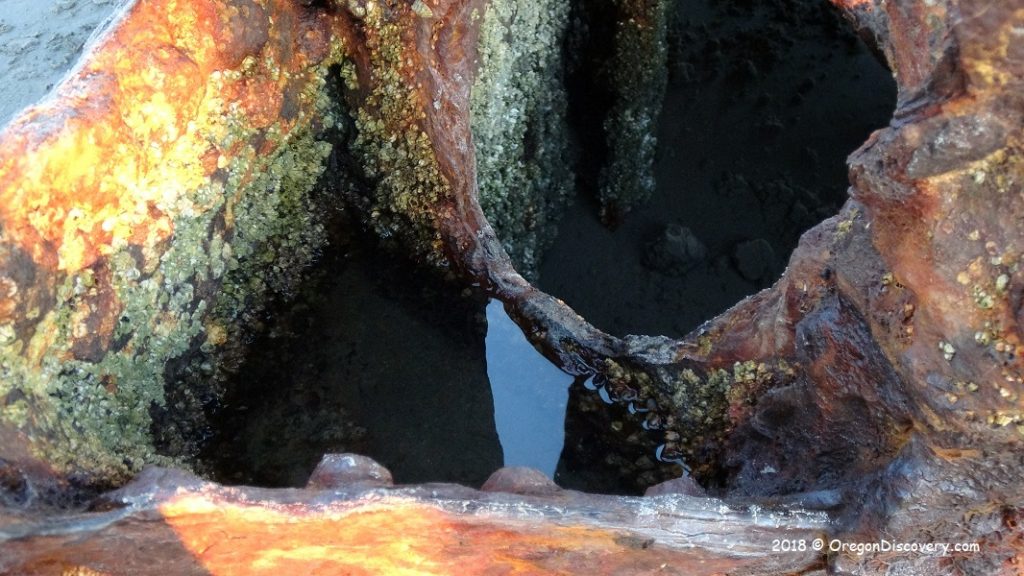
Heavy, dense fog, stormy winds, and strong currents made navigation difficult. Captain Lawrence had realized too late that they were too close to the shore to avoid a disaster. The 287-foot Peter Iredale hit the sandy shore of Clatsop Spit and damaged three of its masts.
The vessel got trapped in the sandy dunes; luckily, no one of the ship's crew was seriously injured or killed. The captain initiated a rescue mission before help arrived from the Point Adams station.
The court verdict was: "We consider that everything was done by the master to get his ship out of danger...first and second officers are in no wise to blame for the stranding of the vessel."

Things to do near the Peter Iredale
Wreck of the Peter Iredale
The skeleton of the Peter Iredale became a popular attraction and a well-visited tourist destination on the Oregon Coast. When visiting Fort Stevens State Park, a few miles south of Astoria, take time to pay tribute to the Peter Iredale, a more than century-old symbol of maritime grandeur.
Although the rusted bow of the ship is still visible, other parts of the Peter Iredale tend to come and go out of sight with sand movement. Sand levels around the wreck never stop changing. Which part of the ship you will discover on a particular day is up to the coastal sands… Intriguing, isn't it?
If you have to choose the best time to visit, choose a sunny day with a low tide.

Fort Stevens: Active Military Installation
 Fort Stevens was an active military installation until 1947 and the only one continental U.S. military base to be attacked by a foreign army since the War of 1812.
Fort Stevens was an active military installation until 1947 and the only one continental U.S. military base to be attacked by a foreign army since the War of 1812.
Today the 4,300-acre area around Fort Stevens is a state park offering numerous outdoor activities including camping, hiking, fishing, boating, swimming, and exploring Oregon history.
Fort Stevens State Park - Outdoor Adventures from Bunkers to Beaches
Coffenbury Lake
 Coffenbury Lake is a 56-acre typical coastal lake, containing water of rainfalls and snow that was trapped between sandy dunes decades ago.
Coffenbury Lake is a 56-acre typical coastal lake, containing water of rainfalls and snow that was trapped between sandy dunes decades ago.
The lake is a perfect place for swimming, boating, and fishing. Anglers can catch largemouth bass, bluegill, black crappie, brown bullhead, and yellow perch. The lake is also stocked with adult hatchery steelhead and legal-size rainbow trout.There are fishing docks, boat ramps, sandy beaches, and picnic sites.
Coffenbury Lake - A Tranquil Retreat in Fort Stevens State Park
Video
Camping and Lodging near Peter Iredale Shipwreck
Fort Stevens State Park offers 476 campsites, including 170 full-hookup sites, over 300 sites with electricity and water, six tent sites near water, 15 yurts, and 11 deluxe cabins. There’s also a dedicated camping area for hikers and bicyclists. Each site comes with a picnic table and fire grill. You can book reservations up to six months in advance by calling 800-452-5687 or visiting oregonstateparks.reserveamerica.com.
If camping isn’t your style, nearby towns like Warrenton or Astoria offer more comfortable lodging options.
Adventures Nearby
Directions to Peter Iredale Shipwreck
From the junction of Highway 101 and Highway 30 in Astoria,
- Follow 3.2 miles to the southwest to Warrenton/Seaside/Airport
- Turn right onto Fort Stevens Highway Spur, then turn left onto Fort Stevens/Main St
- Turn right onto SW 18th St, which merges onto NW Ridge Rd
- Turn left onto Peter Iredale Road, then turn left and stay on Peter Iredale Road
- Continue to the parking area, 200 yards from the wreck.
Phone: 503-861-3170 x 21


